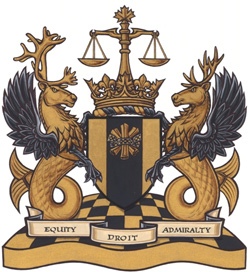In The Line, Josh Dehaas explains why Justice Mosley’s Federal Court decision earlier in 2024 didn’t go far enough to protect Canadians’ rights, specifically their right to assemble in large numbers where the government claims to think that things might get violent:
Earlier this year, Justice Mosley of the Federal Court of Canada ruled that the invocation of the Emergencies Act in response to the Freedom Convoy protests was illegal.
There was a lot to like in that ruling, not least of which because it agreed with the official position of my organization, the Canadian Constitution Foundation.
First, Mosley agreed that the definitions of “national emergency” and “threats to the security of Canada” weren’t met by the federal government, thus invalidating their use of the Emergencies Act. Second, the Justice agreed that freezing bank accounts without a warrant violated the Charter right against unreasonable searches. Third, he agreed that the regulations that banned travelling to, participating in, and funding certain assemblies under threat of up to five years in prison violated freedom of expression.
But not all of Mosley’s ruling was commendable, from our point of view. What we didn’t like was a finding that the same regulations that violated expression because they banned a person from “merely going onto Parliament Hill waving a placard” regardless of whether that person had blockaded or breached the peace, didn’t also violate the Charter guarantee of freedom of peaceful assembly. How could that be? The CCF is asking the Federal Court of Appeal to overturn that finding when it hears the government’s appeal, most likely in early 2025.
This week, we got the government’s stunning and frankly, disturbing, response to that very point of contention. We expected the government to argue that the limitations to individuals’ rights to peaceful assembly were reasonable, given the need to deal with the protest writ large. That wasn’t their only claim.
Instead, the government pulled out an entirely novel line of reasoning, arguing that the Charter doesn’t protect assemblies if they might turn violent or breach the peace. If the Federal Court of Appeal greenlights that standard for freedom of peaceful assembly — establishing a new precedent on when Charter freedoms can be subject to limits — then governments would have the power to ban virtually every large protest. The federal government’s view that assemblies are not Charter-protected and can be blocked in advance if someone in the crowd might reasonably be expected to breach the peace cannot stand if we’re to have any meaningful right to peaceful assembly at all.






